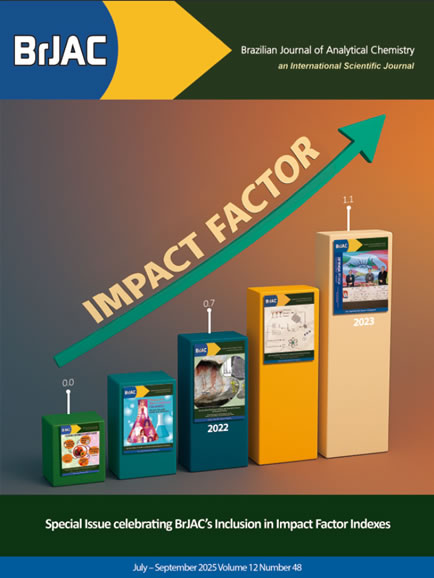Review: Hydrothermal Synthesis Methods for Copper Nanoparticles: A Mini-Review
Paulo Cesar Rodrigues, Cristiane Renata Schmitt, Italo Odone Mazali, Marco Aurélio Zezzi Arruda
Abstract: This Mini-Review focus on the production of metallic copper nanoparticles trough hydrothermal synthesis, which represents the most applied method for metallic nanoparticles synthesis. These nanoparticles stand out for their diverse applications in various scientific and technological fields, and among these, copper nanoparticles (CuNPs) are particularly notable for their unique properties, including catalytic, optical and electronic characteristics. These properties are influenced by the size, shape and structure of the particles. Then, the influence of precursor salts, reducing agents, and stabilizers are discussed inside this Mini-Review on the size and shape of CuNPs. Additionally, in recent years, green synthesis methods have gained prominence due to their environmental compatibility and sustainability, but require more robust methods to be implemented. Routes using metal reducing agents such as extracts from plants, flowers, stems are already found in the literature, and some examples are presented in such Mini-Review. Furthermore, we explore the potential applications of CuNPs in areas such as catalysis, antibacterial agents, medical diagnostics, and bioanalytics.
Read more









































